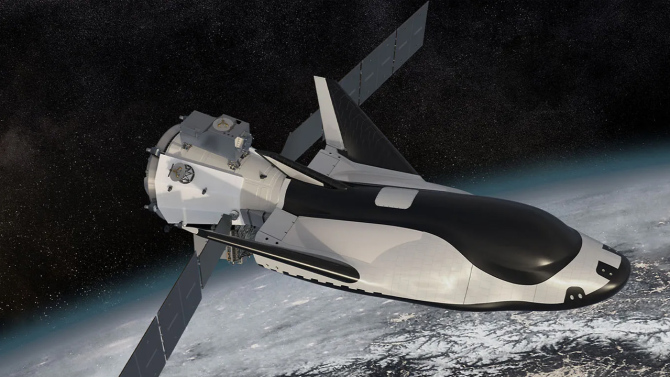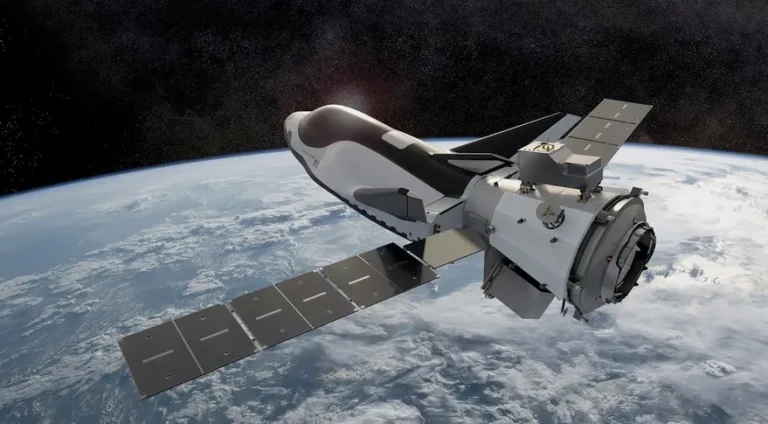The organization expects a spacecraft from Sierra Space to make an ISS visit in 2024.
The International Space Station (ISS) was designed in the heyday of the Space Shuttle, but after the Shuttle’s retirement in 2011, NASA had to find other ways to support the station. Until now, only a small number of private vehicles have been certified to operate there; however, in 2024, the much anticipated Dream Chaser is expected to join the ranks. NASA has given a sneak peek at the demo mission, which will see Sierra Space’s reusable space plane visit the ISS carrying actual tons of cargo.
Based on the HL-20 concept spacecraft developed at NASA’s Langley Research Center, Sierra Space first unveiled the Dream Chaser in 2016. The Dream Chaser is intended to launch atop a conventional rocket; for the 2024 demo mission, it will launch with a Vulcan Centaur rocket from Space Launch Complex 41 at Cape Canaveral. This is a non-reusable rocket that will let go of its fairing during launch and then jettison it once atmospheric density drops.
Dream Chaser’s primary feature is its non-reusable cargo module, called Shooting Star. It is a 15-foot module that attaches to the back of the spacecraft and adds 10,000 pounds of cargo capacity. If desired, a pressurized cargo bay can be used to transport sensitive equipment and experiments. Dream Chaser can carry up to 11,500 pounds of cargo on future missions, although in the initial test, it will only be able to carry 6,500 pounds. In contrast, the SpaceX Dragon can only transport roughly 7,000 pounds of cargo to the International Space Station.

After certifying two commercial vehicles to date, NASA has figured out exactly what it needs to see from Sierra Space before approving Dream Chaser. Firstly, the spacecraft must show off a number of critical capabilities before reaching the International Space Station (“far-field demonstrations”). These demonstrations will include attitude control, translational maneuvers, and abort procedures. Secondly, the spacecraft will enter the station’s approach ellipsoid, which is a 2.5-by-1.25-by-1.25-mile bubble around the station that is only accessible by authorized vehicles. Here, the near-field demo will consist of moving to and holding position at different distances.
When the maneuvering demos are over, Dream Chaser will wait 38 feet away while the station’s Canadarm2 removes and docks the Shooting Star module. Dream Chaser will then be attached to the station, where it will remain for approximately 45 days. Dream Chaser’s design allows it to land on a runway in the style of the Space Shuttle at Kennedy’s Launch and Landing Facility in as little as 11 to 15 hours. After the demo flight is completed, Sierra Space can start commercial flights just in time for NASA to wind down the ISS. Dream Chaser has also been designed with the upcoming Lunar Gateway station in mind.

